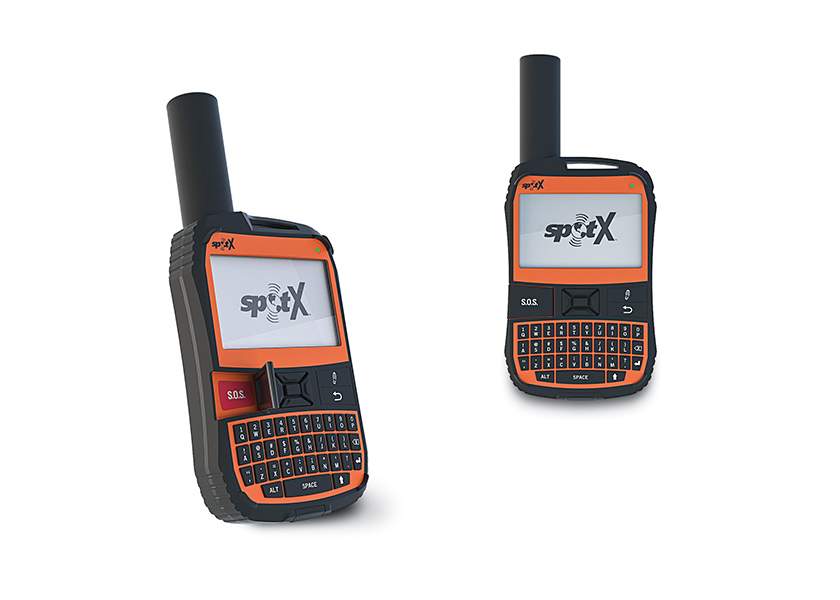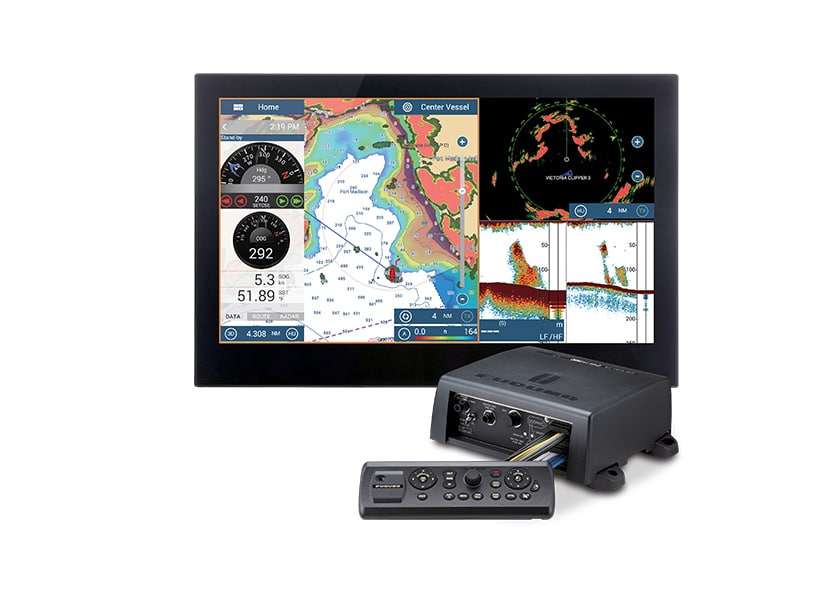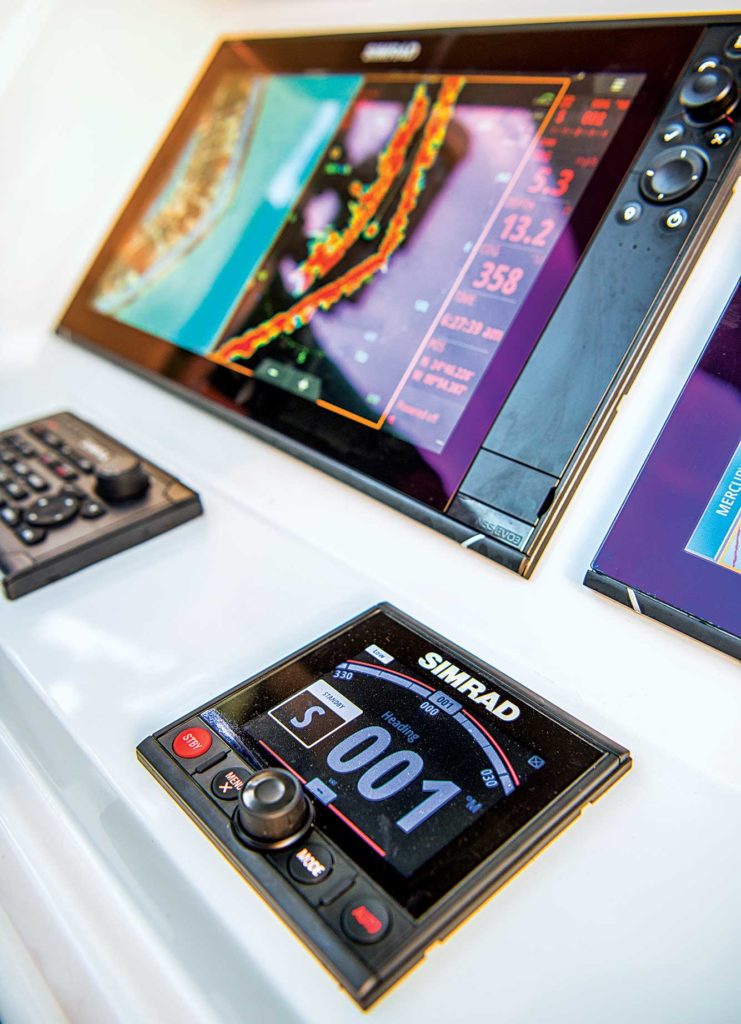
We had fished all day, and spirits were high. Tuna filled the fish lockers. But as the sun sank, dense fog swept across the water.
Now it was dark and foggy, and we could not see beyond the bowsprit. Forty miles of ocean lay between us the closest port.
Thankfully, we had two vital pieces of electronics working in our favor: radar and autopilot. Most anglers recognize the importance of marine radar at night or in fog, but autopilot becomes indispensable when visibility is obliterated.
It would have been impossible for any helmsman to maintain a course under such conditions, particularly at the slower speed deemed prudent during limited visibility. So, I put the boat on a slow cruise and let the autopilot stay the heading while I kept an eye on the radar and chart plotter and listened for the sound of other vessels, aids to navigation and breaking water. It took longer than usual, but we made it home safely.
Autopilot is a crucial component for offshore fishing, and not just because it can steer a preset course. Autopilots alleviate human fatigue on long offshore runs and increase fuel efficiency by steering the straightest course possible.
For fishing, advanced models execute a variety of complex trolling patterns.
An autopilot also takes over the steering duties while, for example, the captain assists the crew with deploying trolling lines, though keeping a sharp lookout at all times while underway remains critical.
Read Next: Benefits of Trolling-Motor Autopilots
“Boaters who have not used autopilot don’t think they will use it much,” says Scott Heffernan of The GPS Store, a North Carolina-based online retailer that offers a wide range of autopilot systems. “But once a captain gets used to having an autopilot, he will never want to skipper a boat without it.”
But how do you select the best autopilot for your boat? It starts with asking some key questions, says Heffernan. The GPS Store website includes an online help center, through which store advisors guide boaters through the selection process. It starts with asking the right questions.
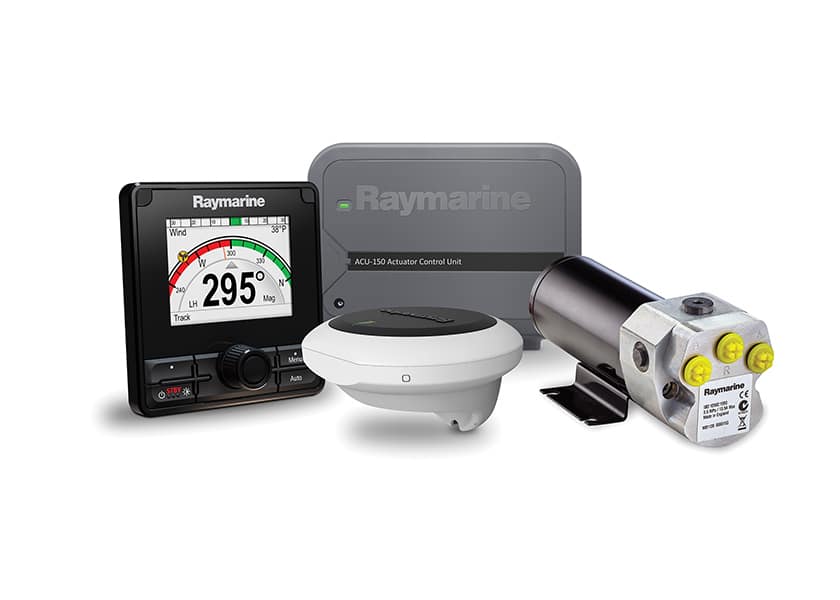
Who’s the Installer?
Will this be a do-it-yourself project or will a professional rigger be handling the installation? While an autopilot installation falls within the realm of competent DIYers, Heffernan recommends a qualified local installer to undertake the job.
Autopilot systems have a number of components, including a central processing unit, display, controller, drive unit, hydraulic fittings, wiring, heading sensor and more. The autopilot must also be carefully tied into the boat’s steering system, Heffernan points out. “It’s a complicated installation, and a professional installer ensures it gets done right.”
Read Next: Autopilot System Choices
Boat and Motors
Boat size and type of propulsion represent two key considerations, Heffernan says. Nearly all outboard-powered center-console fishing boats feature hydraulic steering. The bigger the boat and the more outboards, the more hydraulic fluid required for the steering system. This in turn determines the proper autopilot pump capacity.
Single-outboard boats get away with a system such as the Lowrance Outboard Pilot (about $1,000), which has a pump that handles steering-cylinder displacements up to 14 cubic inches and boats up to 30 feet in length.
Larger center-consoles with multiple outboards require higher-capacity systems such as the Simrad AP-44 VRF (about $3,300), which handles boats over 50 feet in length with pump displacements up to 24 cubic inches.
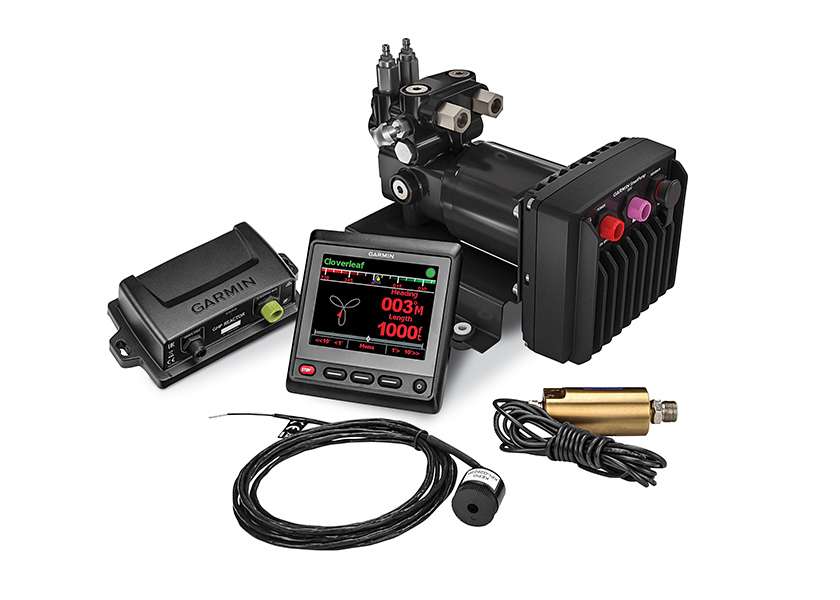
Expected Features
Another question to ask: What will you expect of an autopilot? All autopilots will steer a preset course, and most will also take you to a waypoint when interfaced with a GPS/chart plotter. Most autopilots also have virtual rudder feedback systems, dispensing with the quirky old-school mechanical rudder feedback systems.
More-advanced autopilots offer expanded features. Raymarine’s Evolution EV200 autopilot (about $2,900) offers the ability to steer the boat in predetermined patterns such as wide circles and figure eights. These prove helpful when you find a productive offshore zone and want to thoroughly cover the area while trolling. “Less expensive systems might not offer these capabilities,” Heffernan says.
Many anglers like to slow-troll using live bait or downriggers. If you’re one of them — and you want to use an autopilot at the same time — make sure the system remains engaged at dead-slow speeds. Some economically priced systems tend to disengage at low speeds, rendering them ineffective for slow-trolling, says Heffernan.
Advanced autopilots such as the Garmin GHP Reactor 40 autopilot (about $4,100) remain engaged and active at slow speeds. Thanks to Garmin’s sophisticated heading sensor and Intelligent Rudder Rate Technology, this autopilot keeps the boat on course better than the best helmsman when slow-trolling.
Pilot Brand
Next question: What brand of autopilot is right for you? “We like to steer customers in the direction of the brand of electronics that are already on the boat,” Heffernan says. In other words, if you already have a Furuno NavNet TZtouch display, then go with a Furuno autopilot such as the NavPilot 711C, he explains. “Networking the components becomes simpler when you match brands,” he says.
With the Lowrance Outboard Pilot, you almost have to match the brand. This autopilot system does not include a stand-alone display/controller. Instead, it uses a panel on a Lowrance multifunction display such as an HDS Carbon series to control the autopilot functions.
Have Everything?
The final question: Do I have everything I need to complete this installation?
“The answer is usually no,” Heffernan says. You will almost always need a fitting, cable or electrical connection to finish up, and that might require a trip to the chandlery during the installation to pick up a part or two that you did not anticipate.
“So don’t plan to fish on Saturday if you are installing the system on Friday,” he adds. “Give yourself time to get the job done right.”
One of the most critical steps is properly bleeding the hydraulic system after you install the autopilot. In order for the pilot to operate effectively, it must be completely free of air, Heffernan points out. “That means you will need to add one or two quarts of hydraulic fluid to the parts list, if you choose to install the system yourself.”
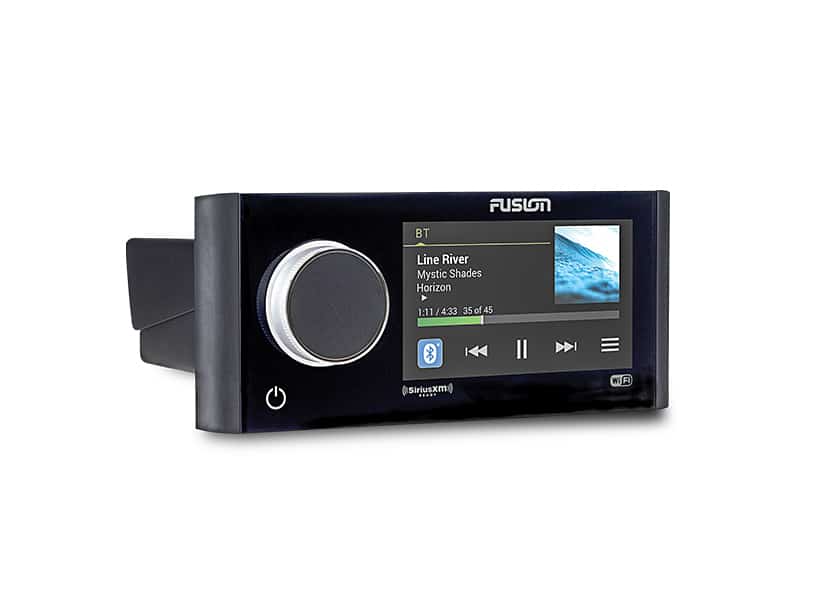
New Electronics
